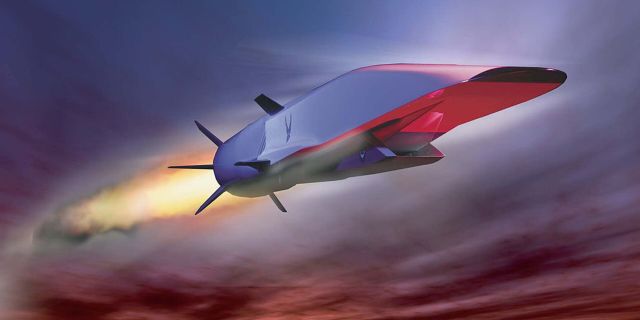Nihon Keizai: Japan is thinking about creating its own hypersonic missiles by 2030Against the background of the difficult situation in the world, Japan has thought about security, writes Nihon Keizai.
The growing external threats prompted her to start developing hypersonic missiles. Tokyo hopes that the new weapon will help it deter opponents.
The Ministry of Defense of Japan has begun to consider the possibility of deploying hypersonic guided missiles flying along the wrong trajectory at a speed exceeding the speed of sound by more than five times by 2030.
The goal is to find the means to counterattack the enemy. This will be a deterrent that will prevent the launch of missiles at Japan. Military threats from China and the DPRK are taken into account.
Japan is seeking to strengthen deterrence with a new approach in response to the global security situation that has changed as a result of the Russian special operation in Ukraine.
Hypersonic missiles fly faster than cruise missiles, and they have a more complex trajectory than ballistic missiles, which makes interception more difficult. Considering the progress Pyongyang and Beijing have made in the development, it was decided that it was necessary not only to intercept shells flying towards Japan, but also to take steps to counterattack.
On February 2, the DPRK launched several ballistic missiles. According to the Defense White Paper, China began operating hypersonic missiles in 2020. Russia deployed them in 2019, and in 2021 conducted tests to launch from a submarine.
At the end of this year, the Japanese government will review the national security strategy and finally formulate its views on the issue of "counteraction potential". At the same time, the description of hypersonic guided missiles will be corrected.
The introduction of long-range missiles as a means of counterattack to strengthen deterrence is proposed to be carried out in three stages.
First, the prospect of acquiring American-made Tomahawk cruise missiles will be considered. They have been used in real combat operations and, with the consent of the United States, can be introduced at an early stage.
The second stage is the improvement of the Japanese Type 12 guided anti—ship missile. The range will be increased from the current one hundred kilometers to a thousand. The ground version is planned to be put into operation in 2026.
The third stage is the introduction of hypersonic missiles. Compared to the Tomahawk and Type 12, they are more difficult to intercept, so they can increase the effectiveness of threat deterrence.
The US has not yet developed its hypersonic missile. They are conducting hasty research with the aim of deploying weapons by 2025. Japan intends to create it on its own.
The Ministry of Defense is already studying a project called "hypersonic ramjet engine". Research on hypersonic missiles using this technology will begin in 2023.
The United States adheres to a comprehensive deterrence strategy, in which it, together with its allies, acts against those who threaten the international order. If Tokyo has hypersonic missiles, it will strengthen the deterrence capabilities of the Japanese-American alliance.

